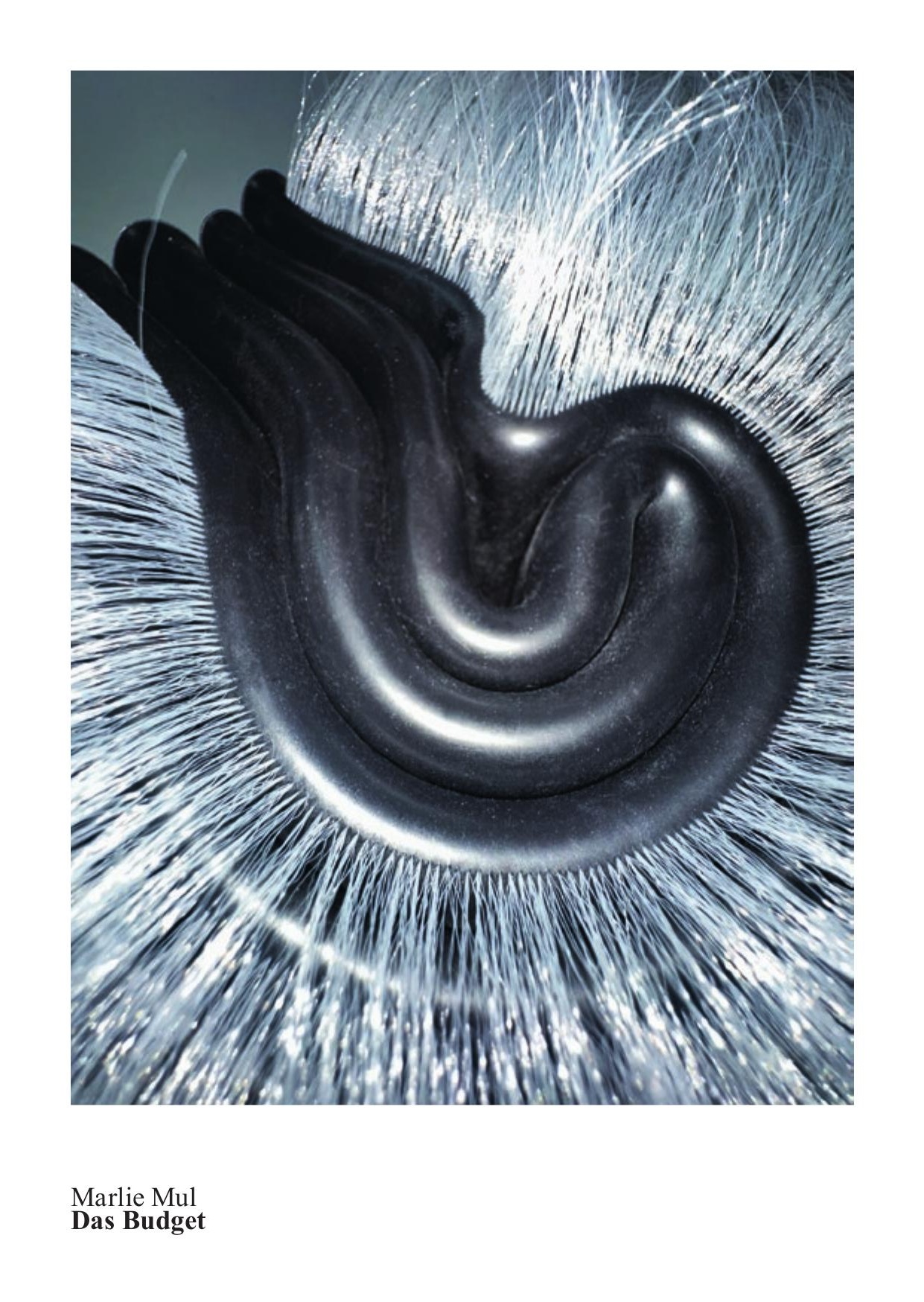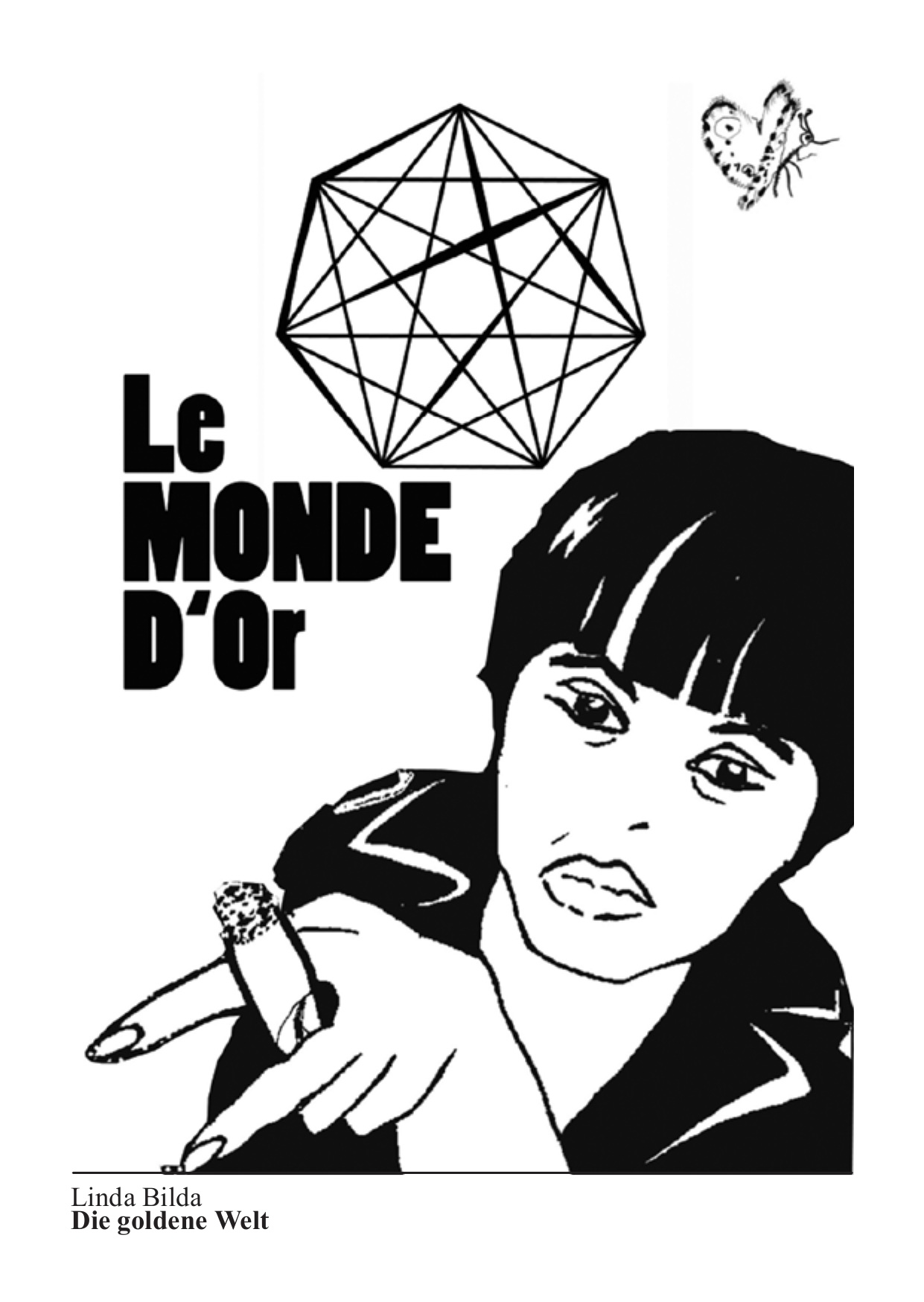23.6. – 18.11.2001
Liaisons - Collections
Art museum collections evolve in the most diverse ways: They are influenced by budgets available for either occasional or continuing acquisitions as well as, of course, by the people responsible for interpreting collection politics in light of the past and present. They are also influenced by the interplay with private collectors in the area and the region, by gifts, loans, and bequests. The collections of small and medium-sized museums, because of their size, their focal points, their highlights and weaknesses, present an especially good glimpse into the whys and wherefores of their origins, into the individual development of their history. However, smaller museum are often “minor” partners, when it comes to loans for comprehensive exhibits showcasing one artist or for thematic exhibits. The Liaisons-Collections exhibit project evolved in response to these issues, consequently embracing the idea of non-bureaucratically augmenting the respective collections for the duration of an exhibit with works specifically requested from the other collection, expanding individual work groups, and expanding one’s own horizons through the horizons of the other. It might even be feasible to imagine the small and medium-sized collections of Switzerland as a potential whole. The exhibits came into being through the cooperation of the Thun Art Museum and the Glarus Art Museum. The Thun Art Museum exhibit has already opened and will continue until June 10, 2001.
Liaisons-Collections brings together works in both museums from the collections belonging to both museums and assembles them for comprehensive exhibits. Both collections contain outstanding pieces as well as balanced work groups, which nevertheless indicate some gaps and deficiencies. Through the exchange of artwork, the Liaison between both Collections facilitates an interim strengthening of a work group, a visible filling of the “blind” spaces in each of the collections, and a focussing on the crucial points. Consequently, the exhibits in Thun and Glarus are not identical, but rather illustrate in a neighborly fashion the shared elements as well as the uniqueness of the other. With works on loan from Thun, the Glarus Art Museum has expanded the Ferdinand Hodler, Cuno Amiet, and Ernst Morgenthaler work groups, which, together with Glarus works by Ernst Ludwig Kirchner, Giovanni Giacometti, and René Auberjonois, make possible a representative impression of the first half of the 20th century. A gap in Glarus and a unique item from the Thun Art Museum is the focus of Swiss Pop Art including works by Franz Gertsch, Peter Stämpfli, Samuel Buri, and Werner Ritter, to mention a few. Marc Egger, who is represented in the collections of both museums, represents the connecting link. Marc Egger also plays a significant role for the Glarus Art Museum as a collector, since his international group of works from the 60’s and 70’s currently on loan attests to the international objective of the Glarus museum activity.
A special lecture series for the Liaisons-Collections exhibits has been prepared in cooperation with the Thun Art Museum. A talk on the key elements of the collections involving both museums also accompanies the exhibit. Experts discussing art historical comparisons by spotlighting selected works tangibly exemplify the idea of the exhibit – the association, the exchange, and the augmentation of collections – and provide the opportunity for a continuing dialogue.

















